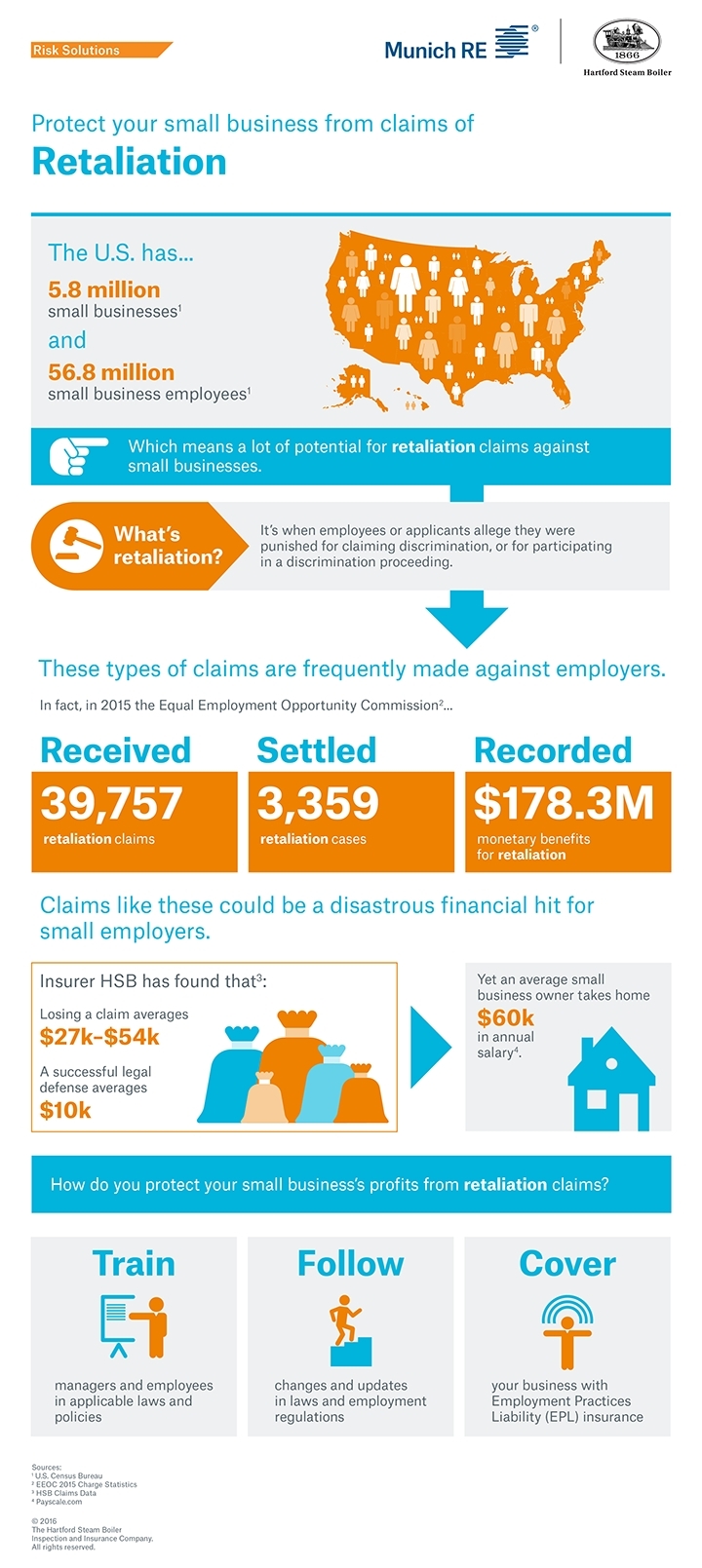Employee Wellness Programs Can Have A Positive Effect On Small Businesses
Employee wellness programs are quickly catching on. In fact, about nine out of 10 organizations offer at least one wellness initiative. But employee wellness programs are about more than enticing potential prospects or buttering up employees.
Their benefits go much deeper and can be more financially beneficial.
Chris Powell, CEO, Talmetrix lists some of those benefits from slashing health care costs to increasing productivity, here’s how employee wellness programs boost a business’ ROI.
- Elevate employee engagement: Effective wellness programs require both time and money. But make no mistake, the upfront investments are well worth it. More than two-thirds of U.S. workers believe such programs drive engagement in their employer’s missions and goals. And the more committed employees are, the more value they may bring to the table. Research from Gallup found that engaged employees are 21 percent more productive and 37 percent less likely to skip work.
Keep in mind, however, employers and employees aren’t always on the same page when it comes to defining and building an effective wellness program. It’s best not to assume what works for your employees. In fact, focusing less on stress management and more on flexible schedules can help pave the way for better employee feedback. - Manage healthcare costs: Less engaging workplaces are leading to less active lifestyles. Businesses committed to supporting employee health need to take action before this problem takes an even greater toll. Developing a wellness program is one way to do just that. Health care costs tend to increase an average of 7 percent each year. For 20 companies with award-winning wellness programs, those costs only shot up 1 to 2 percent, serving as an example of how impactful an effective program can be amidst a growing national health crisis.
- Enhance productivity: Productivity can make or break a business’ budget. Employees who don’t perform as well due to illness end up costing employers $160 billion annually. That’s twice as much as the cost of missing work altogether.
Powell urges employers to start by surveying employees to gauge which benefits would be most appealing. Whether it’s free monthly yoga sessions or healthy office snacks, gathering input from employees ahead of time will maximize participation.
Powell continues and suggests that once the program is underway, keep a pulse on participation and popularity. Are the snacks being eaten? What percentage of the company is going to yoga? As employee preferences change, so should the wellness program. Don’t be afraid to switch things up if participation rates aren’t quite what you had hoped.
Finally, Powell says that when it comes to seeing the cost savings that can come with an effective employee wellness program, patience is key. Though it may take some time before reduced health care costs as well as increased retention rates and productivity improve your ROI, it’s a benefit worth waiting for.
Chris Powell is the CEO of Talmetrix, an employee feedback and insights solution that helps organizations better attract and retain talent to achieve business goals. To learn more, visit www.talmetrix.com.




